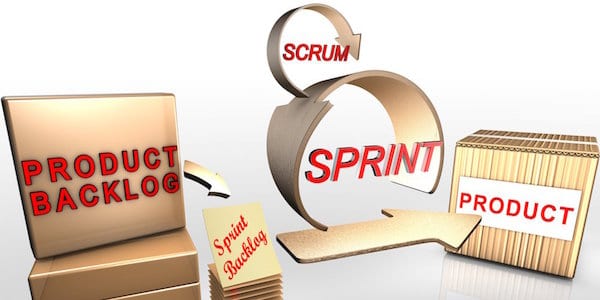
A crazy little thing called change
COLUMN – In this column, the author reflects on the role of leadership in striking a balance between the enthusiasm for change and the need to involve everyone in a transformation.
Words: Rose Heathcote, former CEO, Lean Institute Africa
I had a terrific time this past week with our team at the Lean Institute Africa. There’s nothing better than a little face-time, a catch-up over coffee and just connecting with the team you care for. They are the people delivering value for our customers, so I believe it’s important to give them personal attention and heart-felt appreciation. And the cherry on top is to spend time with them in our beautiful city of Cape Town.
Like everyone, we have our pressure points. We have a number of things we’re trying to get done and, if I’m honest, we have a lot on our plates. Borderline too much. Although we have a large local and international support network, we are a small team with big ideals (check out our vision when you get a chance), and it can be challenging to pick the activities we want to donate our scarce time to. But I can’t help bursting with pride over our team, because each and every one of us is passionate about what we do, and that takes us further than if this were just a job. We are a gang of rebels with a cause, rising in opposition of waste, and our cups run over with a feeling of ‘job’ satisfaction.
I also have to smile and nod at their impatience. Their genuine concern for how quickly we are getting the right things done. I indulge their enthusiasm warmly, because this impatience comes from a good place. It’s an example of how much they care about our work because they want it done yesterday. I feel this is an incredibly strong baseline for change. They sit on a burning platform, vocalize their impatience and look to me to give this change the kick-start it needs to build momentum and ultimately get done.
Truth be told, I also like things done yesterday. Ask my husband and he will confirm it and poor chap… in my home, this is pretty much how things work. But when you’re leading a team, with a vision and strategy in hand, you have to think hard about execution. You have to take your people along for the change, and in my view, this means respecting the personal and individual journeys they are on.
Change can be liberating, exciting and enlightening, and when you have the backing and engagement of those whose support you cannot do without, change takes on a whole other vibe. Instead of “pushing” it onward with tremendous effort on your part, your people “pull” it to align with demand and clear direction. So, if you have a handful of believers, impatient and ready to roll, you nurture that while bringing the others in on the journey. Yes, there are some people in your teams who may never hop on the bus, and perhaps that’s normal, but if you can nurture the believers, convert those still thinking about it, and find a way to deal with the non-believers (if you have any – I don’t feel I do), then you can achieve change and go further, together. This approach has a lasting currency: it outlives you when you move on to the next stage in your life or career.
I worked with a fascinating Managing Director more than 12 years ago (he will know who he is when he reads this). Something about his leadership style stuck with me. He had the challenge of transforming the South African subsidiary of a multinational, listed entity, manufacturing and repairing components for the mining and rail transport sector. We were standing in the boardroom, and he performed a little demonstration of his leadership style. Placing his hands on the chair, he shifted it slightly, almost unnoticeably. Then he did it again. And again. He explained that he needed to shift the chair slowly so that it moved in the right direction, but also where it wasn’t so disruptive that his team got nervous about what was happening. He said that, as long as the motion was consistent and purposeful, the company would achieve its goals whilst taking the team along for the ride. Every company’s journey takes on a different look and feel. If you’re in survival mode, for instance, perhaps chair shifting is not going to cut the mustard and a more considered approach is needed. But this approach is good for certain scenarios, and in my view, this is the bite-size shift we should follow at Lean Institute Africa as we turn our ideals into reality.
We need to ensure the believers don’t lose heart during the chair shifting, but that their hunger for change continues to fuel progress and innovation. I am encouraged by my team – grateful in fact that they are pulling us in the direction we need to go. My challenge is to keep up with them while we do this crazy little thing called change.
THE AUTHOR

Read more


FEATURE – This piece analyzes the different elements of scrum, an agile software development framework, as seen from the point of view of traditional lean thinking.


FEATURE – Developing new products faster than our competitors can make or break a company. The authors share three strategies to reuse our engineering knowledge and build a competitive advantage.


COLUMN - In the second article of our series, the director of an elementary school in Budapest tells us how using PDCA can help to improve education and provide students with the right skills.


CASE STUDY – What to do when you operate in a competitive market and are located in a remote corner of Europe, thousands of miles from your customer? One word: lean.

